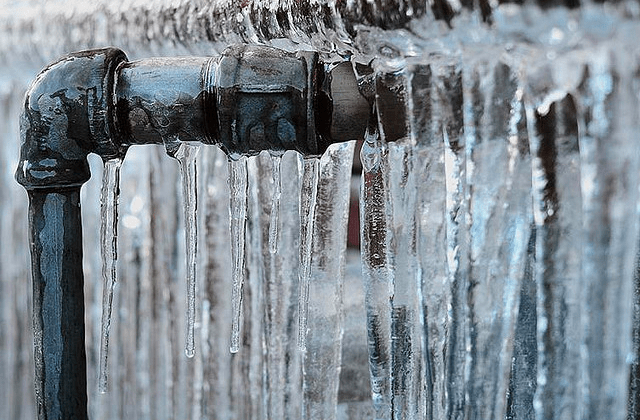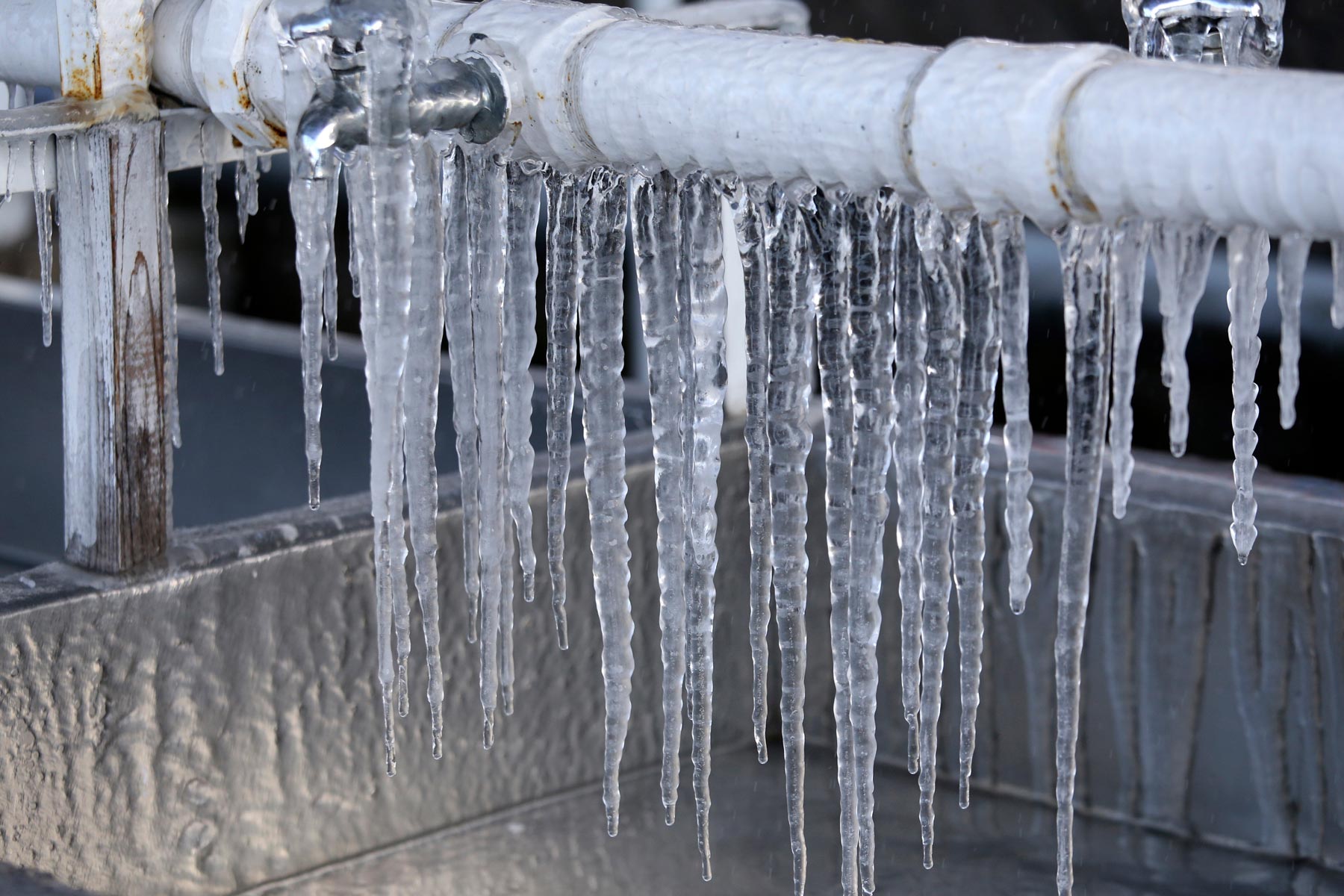Avoid Frozen Plumbing in Winter: Expert Tips
Avoid Frozen Plumbing in Winter: Expert Tips
Blog Article
How do you feel in relation to How to prepare your home plumbing for winter weather?

Cold weather can damage your pipes, specifically by freezing pipelines. Here's how to prevent it from happening and what to do if it does.
Introduction
As temperatures decline, the threat of icy pipelines rises, potentially bring about expensive repair services and water damages. Comprehending how to stop frozen pipelines is important for property owners in cold environments.
Comprehending Icy Pipelines
What causes pipelines to freeze?
Pipelines ice up when revealed to temperatures listed below 32 ° F (0 ° C) for prolonged durations. As water inside the pipes freezes, it expands, taxing the pipe walls and possibly triggering them to burst.
Risks and problems
Icy pipes can lead to water system interruptions, residential or commercial property damages, and costly fixings. Burst pipelines can flooding homes and cause comprehensive architectural damage.
Signs of Frozen Pipeline
Determining frozen pipelines early can avoid them from breaking.
Exactly how to identify frozen pipes
Seek reduced water circulation from faucets, unusual odors or sounds from pipelines, and visible frost on subjected pipelines.
Avoidance Tips
Insulating vulnerable pipelines
Wrap pipelines in insulation sleeves or make use of heat tape to secure them from freezing temperatures. Focus on pipes in unheated or exterior locations of the home.
Heating strategies
Keep indoor rooms sufficiently heated up, especially areas with plumbing. Open up closet doors to enable warm air to distribute around pipes under sinks.
Securing Outside Plumbing
Yard tubes and outdoor taps
Disconnect and drain garden hose pipes before wintertime. Set up frost-proof faucets or cover outside faucets with insulated caps.
What to Do If Your Pipes Freeze
Immediate actions to take
If you presume frozen pipes, maintain faucets available to relieve stress as the ice melts. Utilize a hairdryer or towels soaked in warm water to thaw pipelines slowly.
Long-Term Solutions
Structural adjustments
Consider rerouting pipelines far from exterior wall surfaces or unheated locations. Include additional insulation to attic rooms, basements, and crawl spaces.
Updating insulation
Buy high-quality insulation for pipes, attics, and wall surfaces. Proper insulation assists maintain constant temperature levels and reduces the risk of frozen pipes.
Verdict
Stopping icy pipelines calls for positive steps and quick responses. By recognizing the reasons, indicators, and preventive measures, house owners can protect their plumbing during cold weather.
5 Ways to Prevent Frozen Pipes
Drain Outdoor Faucets and Disconnect Hoses
First, close the shut-off valve that controls the flow of water in the pipe to your outdoor faucet. Then, head outside to disconnect and drain your hose and open the outdoor faucet to allow the water to completely drain out of the line. Turn off the faucet when done. Finally, head back to the shut-off valve and drain the remaining water inside the pipe into a bucket or container. Additionally, if you have a home irrigation system, you should consider hiring an expert to clear the system of water each year.
Insulate Pipes
One of the best and most cost-effective methods for preventing frozen water pipes is to wrap your pipes with insulation. This is especially important for areas in your home that aren’t exposed to heat, such as an attic. We suggest using foam sleeves, which can typically be found at your local hardware store.
Keep Heat Running at 65
Your pipes are located inside your walls, and the temperature there is much colder than the rest of the house. To prevent your pipes from freezing, The Insurance Information Institute suggests that you keep your home heated to at least 65 degrees, even when traveling. You may want to invest in smart devices that can keep an eye on the temperature in your home while you’re away.
Leave Water Dripping
Moving water — even a small trickle — can prevent ice from forming inside your pipes. When freezing temps are imminent, start a drip of water from all faucets that serve exposed pipes. Leaving a few faucets running will also help relieve pressure inside the pipes and help prevent a rupture if the water inside freezes.
Open Cupboard Doors
Warm your kitchen and bathroom pipes by opening cupboards and vanities. You should also leave your interior doors ajar to help warm air circulate evenly throughout your home.

We hope you liked our excerpt on How to Prevent Your Pipes From Freezing. Thanks a lot for finding the time to browse our article. Sharing is caring. Helping others is fun. I am grateful for being here. Come back soon.
Book Today! Report this page